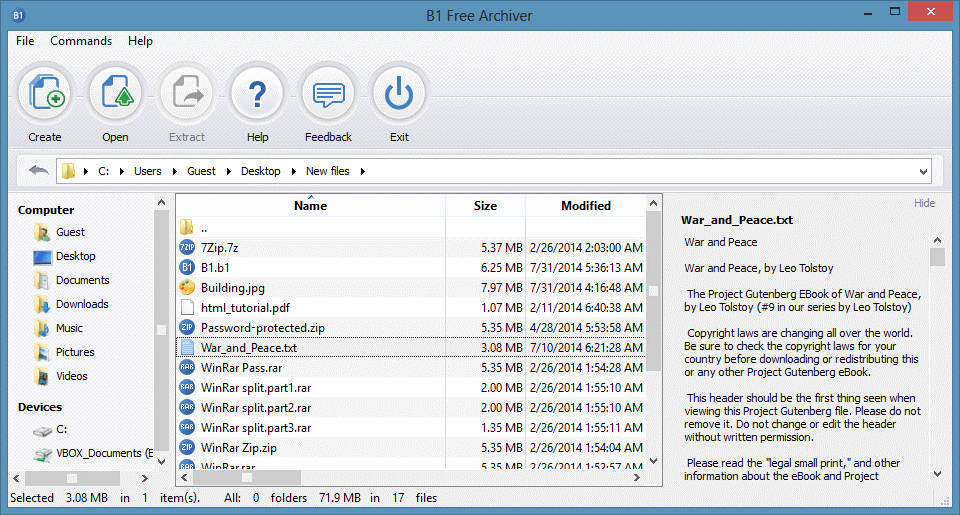

These measurements have been proven to be a Measurements of the PAS are two-dimensional, Routine examination and poses greater risk of Greatly preferred as the latter is not part of the Of the airway in comparison to a CBCT, it is Information is obtained by the 2D reconstruction Traditionally,įor orthodontic patients, assessment of the upperĪirway alterations is done clinically supported Ĭephalometric analysis, computed tomography,Ĭomputed tomography(CBCT). Post-treatment soft tissue profile changes. Measurements of upper airway dimensions areĬonsidered a critical variable for evaluation of Moreover, orthodonticĭiagnosis and prognosis of BMP patients canīe strongly influenced by the pre- and posttreatment Of the pharyngeal airway space (PAS), therebyĪffecting breathing. The oral cavity influence the size and function

Result of retraction of the anterior teeth, whichĪlters the arch dimension and in turn affects the Pharyngeal airway changes occur primarily as a

This not only results in soft tissue profileĬhanges, but also contributes to changes in Teeth, followed by retraction of anterior teeth Orthodontic treatment in BMP patients withĪ class I molar relationship, often involvesĮxtraction of all the first or second premolar Malocclusion and the stability of orthodontic The upper airway is an important foundation because of its role in swallowing, respiration, Treatment, especially when associated with Molar relationship, often forms the rationaleĪirway health has been asserted as a primaryĬonsideration before starting orthodontic The unaesthetic appearance causedĭespite a straight facial profile and Class I Upper and lower incisors, and procumbent lips. Keywordsīimaxillary protrusion, Pharyngeal airway space, Cephalometric analysis, Orthodontic therapy, Incisorīimaxillary protrusion (BMP) is a clinicalĬondition classified by protrusive and proclined Comprehensive pre- and post-orthodontic evaluation of the soft palate, tongue and pharynx should be mandated to avoid pharyngeal airway compromise. Similarly, a 0.043 mm decrease in middle airway space could be predicted up to 17% of times following lower incisor retraction by 1 mm.Ĭonclusion: First premolar extraction and orthodontic retraction of incisor teeth results in significant reduction of soft palate thickness and superior and middle airway spaces. Based on linear regression, retroclination of the lower incisors by 1° could predict a 0.736 mm increase in tongue length, up to 12% of times. Statistically significant difference was evident in the mean values of pre- and post-treatment pharyngeal airway variables like soft palate thickness (0.35 mm, p<0.001), superior airway space (0.69 mm, p<0.001), and middle airway space (0.66 mm, p<0.001). Results: A total of 46 patients (16 male and 30 female) were included in the study.

Paired t-test, Pearson’s correlation and linear regression analysis were done with statistical significance set at 95% (p-value<0.05). Collected data was analyzed with SPSS® software. Cephalometric measurements of dental (upper and lower incisor retraction and retroclination) and pharyngeal airway (tongue length and height, soft palate height, superior, middle and inferior airway spaces, vertical airway length) variables were identified. Fixed orthodontic therapy following first premolar extraction was the absolute inclusion criteria. Materials and methods: Pre- and post-treatment cephalometric radiographs of adult patients (age range 18-30 years) who underwent orthodontic therapy for class I bimaxillary protrusion from April to July 2018 were obtained. This study aimed to investigate postorthodontic pharyngeal airway changes after the extraction of the four first premolars with subsequent retraction of the incisor teeth in patients with bimaxillary protrusion. Notes: The current error page you are seeing can be replaced by a custom error page by modifying the "defaultRedirect" attribute of the application's configuration tag to point to a custom error page URL.Objectives: The goals of orthodontic treatment are not only limited to correcting malocclusion and facial appearance but also extend to achieving normal function of the stomatognathic system and airway patency. This tag should then have its "mode" attribute set to "Off". It could, however, be viewed by browsers running on the local server machine.ĭetails: To enable the details of this specific error message to be viewable on remote machines, please create a tag within a "web.config" configuration file located in the root directory of the current web application. The current custom error settings for this application prevent the details of the application error from being viewed remotely (for security reasons). Runtime Error Description: An application error occurred on the server. Runtime Error Server Error in '/' Application.


 0 kommentar(er)
0 kommentar(er)
